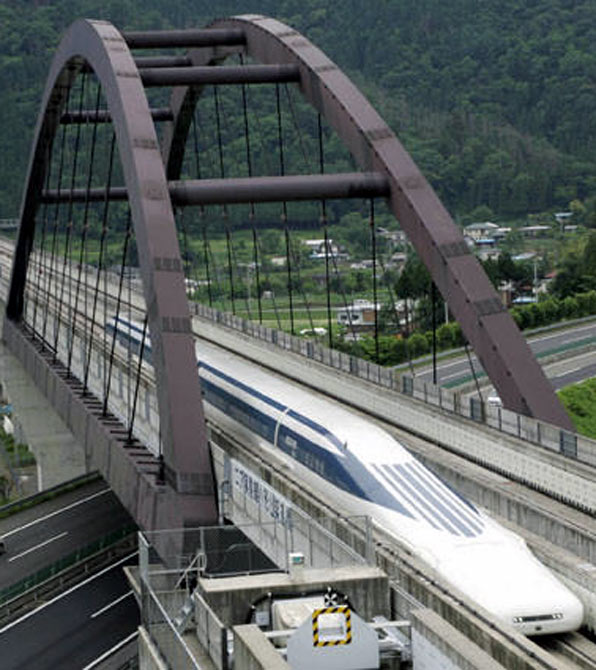
Japan will start building the world's first long-distance magnetic levitation railway that can hit a top speed of over 500 km an hour, says Barun Roy.
Perhaps it's not just a coincidence that when Japan celebrates the 50th anniversary of its introduction of the world's first high-speed railway next year, it will also start building the world's first long-distance magnetic levitation (maglev for short) railway, leading the world once again towards the inevitable next phase of the speed revolution. Both occasions deserve to be greeted with loud cheers.
It was on October 1, 1964, a few days before the start of the 1964 Tokyo Olympics, that the then Japan National Railway (JNR) threw open for commercial service a 515-km link between Tokyo and Osaka with trains running at 210 km an hour, unheard of at that time.
…
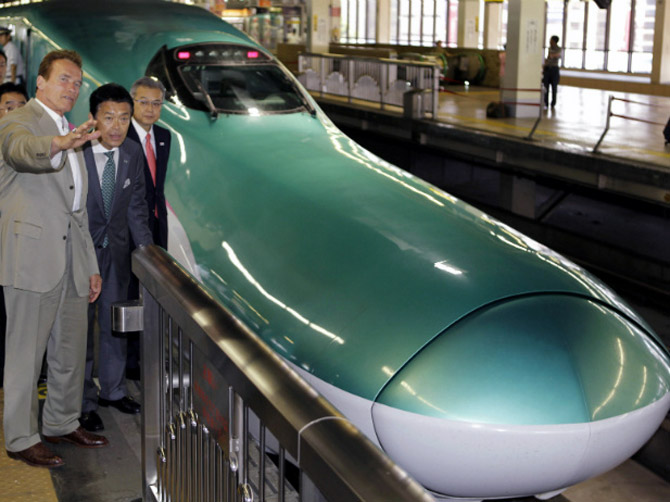
It became an instant hit, and today the Tokaido Shinkansen, as the line is called (shinkansen meaning "new trunk line"), is the world's busiest high-speed rail corridor with trains running every three minutes and carrying 151 million passengers every year.
Japan's total network of "bullet" lines stands at 2,387.7 km, with trains running at an average speed of 300 km an hour, linking most major cities on the islands of Honshu and Kyushu. Construction of a link to the northern island of Hokkaido is underway.
…
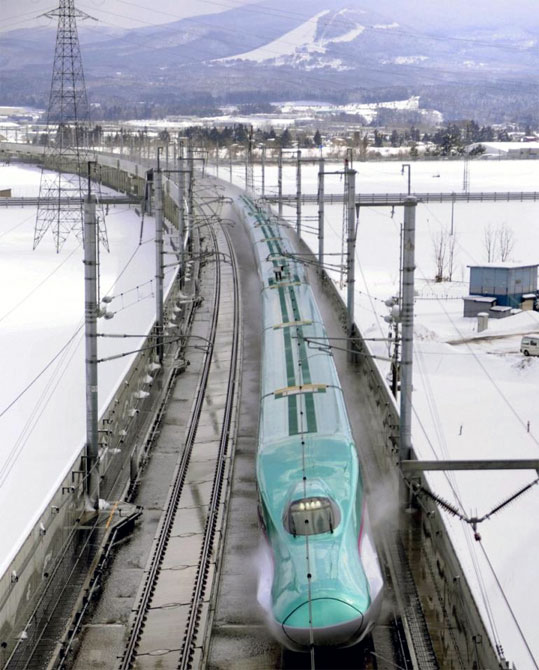
Now, after 50 years, the Tokaido Shinkansen is due for an overhaul and the Central Japan Railway, the company that runs it - one of four regional groups formed to manage Japan's railways when JNR was privatised in 1987 - thinks this is the right moment to move up to the next technological level.
There are only two commercial maglev systems in operation in the world today - one linking downtown Shanghai with Pudong International Airport in China and the other near Nagoya in Japan, a hangover from the 2005 Expo.
…

A third one is to come into service soon at IncheonInternationalAirport in South Korea, while a fourth one is proposed to be built as part of Beijing's metro network. But these are all short-distance.
The field is, thus, wide open for maglev to prove its real worth, and Central Japan Railway has decided that there's no better way to do this than to build a long-distance maglev corridor serving two of Japan's most important economic growth centres.
…
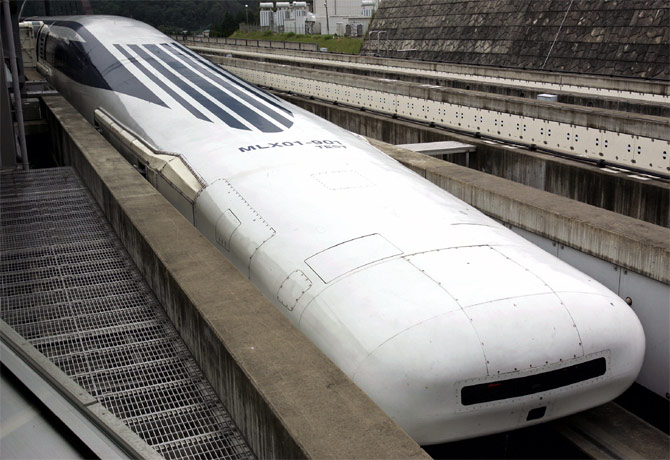
It has been testing the technology for nearly a decade and a half on an 18.4 km test track near Tokyo.
Its conviction received a final boost when a recent test run once again hit a top speed of over 500 km an hour, not lagging too much behind the all-time world record so far of 581 km an hour set in 2003.
…
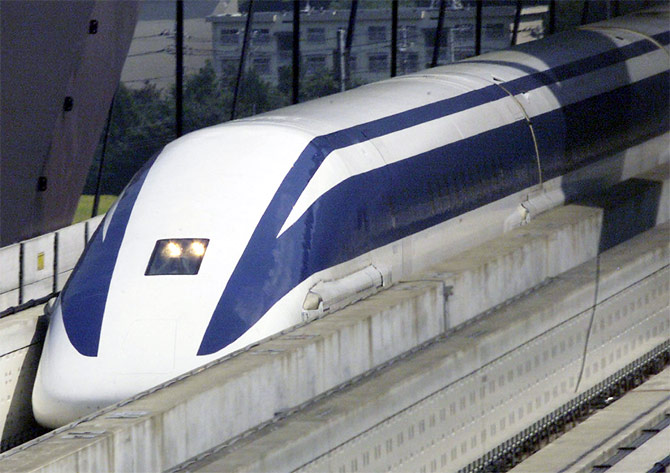
The idea behind the maglev is to ensure that traffic between the two busy cities remains uninterrupted while the bullet line undergoes repairs in appropriately-timed phases.
Unlike the bullet that runs largely along the Pacific coast, the maglev will run inland and mostly underground since the terrain is mountainous and the line must follow a straight alignment in order to maintain high speed. Going underground will also allay public fears of electromagnetic radiation.
…
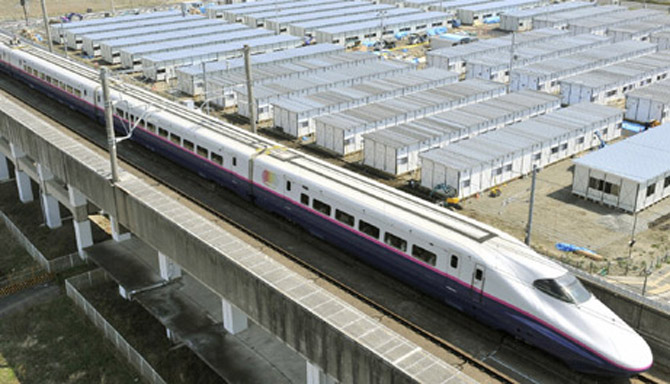
Work starts next year and will be completed in two stages: Tokyo-Nagoya by 2027, covering the distance (286 km) in 40 minutes against 100 minutes now, and Nagoya-Osaka by 2045, to be covered in another 27 minutes.
Central Japan Railway says it will foot the entire bill of about $90 billion out of its own resources.
…

Japan's decision to go ahead with a long-distance maglev is bound to ignite renewed interest in this next-generation technology, just as the introduction of the bullet 50 years ago sparked off a new speed revolution.
One country that will certainly rethink its position is China. Had it not discarded its earlier plan to extend the Shanghai maglev all the way to Hangzhou, 163 km to the southwest, in favour of a track-based high-speed line, it would have earned the distinction of being the world's first long-distance maglev pioneer, an honour that will now rightfully belong to Japan.
…
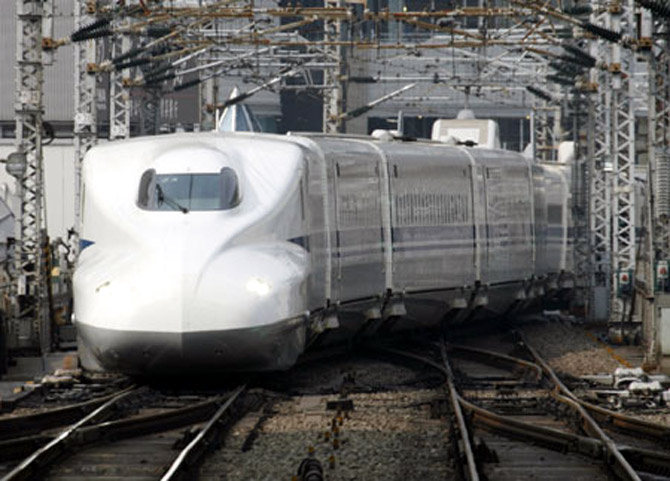
China has been a late entrant in the speed game, having started to develop a bullet network only in 2007, just ahead of the 2008 Beijing Olympics, but has proceeded since then with lightning speed to convert its railways, in conjunction with urban metros, to bring its cities and growth centres closer together.
Today, China already has a high-speed (200 km or more) network of about 9,300 km, which is expected to reach 18,000 km by 2015.
…

While bullets will continue to play a central role, maglevs can revolutionise commuting on key passenger corridors.
They are safer, speedier, smoother, and quieter. Since they float above their guide tracks and are propelled forward by magnetic fields without the help of any moving parts, wear and tear is minimal.
Maintenance costs will be reduced drastically while trains can run 50 per cent faster, making maglevs more economical in the end although initial costs are higher.